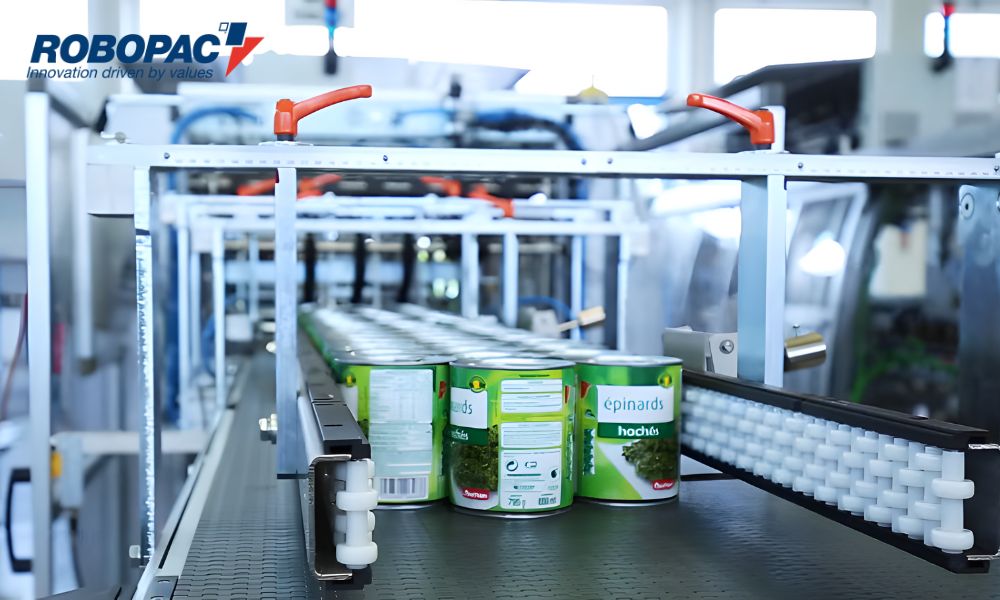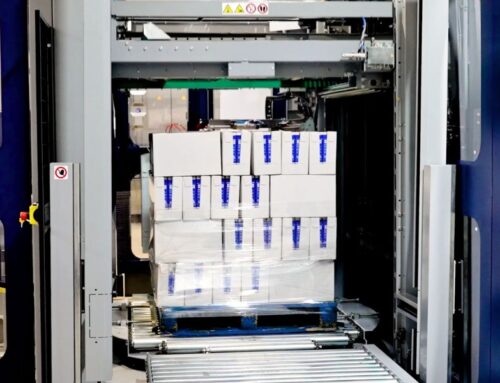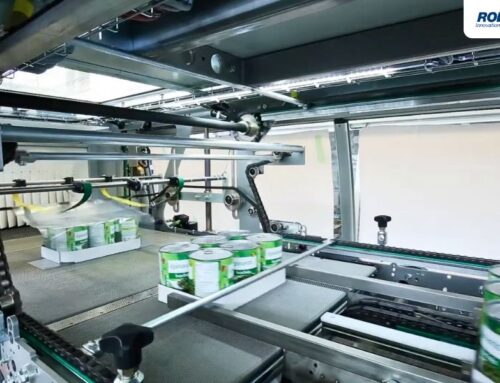Manufacturing operations face mounting pressure to reduce costs while increasing efficiency. Case packing automation presents one of the most impactful solutions for addressing these challenges, but when should you automate your case packing process? Below, we make the case for why you should automate case packing, explain the functions of case packing to automate, and more.
Why Automate Case Packing?
Automating the case packing process solves key operational challenges by addressing rising labor costs and the difficulty of finding and retaining skilled workers. Manual packing creates bottlenecks and requires significant workforce investment, limiting production capacity. Automation, on the other hand, ensures consistent throughput, maintaining steady production rates regardless of shifts, breaks, or operator skill levels.
Beyond labor savings, automated case packers cut costs by reducing material waste and minimizing product damage. Precise handling and consistent case formation ensure optimal fill patterns, maximizing shipping efficiency.
Functions of Case Packing
When automating your case packing process, there are three distinct functions you should address. Erecting cases, loading products, and end-of-line packaging are all opportunities for automation.
Erecting Cases
Erecting involves transforming flat corrugated blanks into properly shaped cases ready for product loading. When done manually, operators fold bottom flaps to create stable case structures. Semi-automatic case erectors streamline this process, eliminating the need for manual folding.
Loading Products
Loading is a complex step due to the unique requirements of different products. Rigid items like bottles or cans can use drop-loading systems, which drop collated products directly into staged cases. For products that create air cushions during drop-loading, side-loading systems are a better alternative.
End-of-Line Packaging
End-of-line packaging securely prepares products for shipping and delivery. This stage includes case sealing, labeling, and palletizing. Automated food and beverage packaging equipment, such as case packers and stretch wrappers, streamlines the process. Equipment providers like Robopac USA can create and implement custom solutions to meet specific packaging requirements.
Choosing the Right Solution
When you automate your case packing process, you also need to find the ideal solution for your process. Choosing the right case packing automation involves analyzing product characteristics, production needs, and facility constraints. Product specifications are key drivers of system design, and it’s essential to evaluate current production volume alongside future growth projections. Opt for equipment with expansion capabilities to avoid early obsolescence as production scales.
Product handling and facility considerations are equally important. Flexible packaging, like bags or pouches, requires different handling systems than rigid containers, while fragile items need gentler, slower systems for better protection. Assess your available floor space and integration needs, as some systems demand larger footprints, while others fit into existing layouts.
Automate With Robopac USA
Case packing automation offers substantial benefits by addressing common challenges like labor shortages, inconsistent output, and product damage. Implementing automation gradually, starting with basic tools, can help manage costs and risks while delivering immediate results. To find the best solutions for your operations, contact Robopac USA today and let our packaging automation experts guide you through the process to ensure the perfect system for your business.







